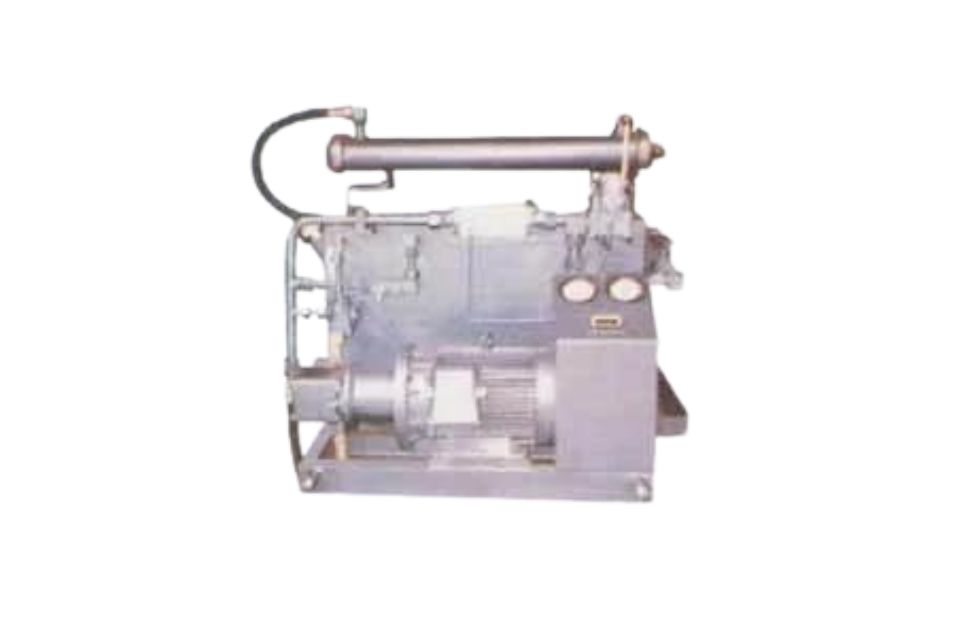Power System
A power system refers to an integrated network of components and devices that work together to generate, transmit, distribute, and consume electrical energy. These systems play a crucial role in providing the electricity needed to power homes, industries, and various technological applications.

The Key Components and aspects of a Power System:
Generation:
Power Plants: Electricity is typically generated in power plants, which can use various energy sources such as fossil fuels (coal, natural gas), nuclear energy, renewable sources (solar, wind, hydro), or a combination of these.
Transmission:
High-Voltage Transmission Lines: After generation, electricity is transmitted over long distances through high-voltage transmission lines. These lines minimize energy losses during transportation.
Substations:
Step-Down Transformers: Substations are used to step down the voltage of electricity for local distribution. Transformers convert high-voltage electricity to lower voltages suitable for distribution.
Distribution:
Distribution Lines: Local distribution lines carry electricity from substations to homes, businesses, and other end-users. The voltage is further reduced as needed for safety and application requirements.
End-Use Consumption:
Residential, Commercial, and Industrial Applications: Electricity is consumed by end-users for various purposes, including lighting, heating, cooling, manufacturing processes, and powering electronic devices.
Grid Infrastructure:
Power Grid: The interconnected network of power generation, transmission, and distribution is often referred to as the power grid. Grid infrastructure includes control systems, communication networks, and monitoring devices.
Control Systems:
SCADA (Supervisory Control and Data Acquisition): SCADA systems are used to monitor and control the operation of the power system. They collect real-time data and provide remote control capabilities.
Protection Systems:
Relays and Circuit Breakers: Protection systems are in place to detect faults and abnormalities in the power system. Relays and circuit breakers are used to isolate faulty sections and protect equipment.
Renewable Energy Integration:
Solar and Wind Farms: As the share of renewable energy sources increases, power systems integrate solar and wind farms. Energy storage systems (such as batteries) may be used to manage intermittent energy production.
Smart Grid Technology:
Digital Communication: Smart grid technologies incorporate digital communication to enhance the efficiency, reliability, and sustainability of the power system. This includes smart meters, sensors, and advanced control systems.
Energy Storage:
Batteries and Pumped Storage: Energy storage systems are employed to store excess energy during periods of low demand and release it during peak demand or when renewable sources are not producing.
Distributed Generation:
Small-Scale Power Generation: Distributed generation involves small-scale power generation units, often located close to the point of consumption. This includes rooftop solar panels, small wind turbines, and combined heat and power (CHP) systems.
Grid Resilience:
Reliability Measures: Power systems are designed to be resilient, with redundancy and reliability measures to minimize the impact of disruptions, such as equipment failures or natural disasters.
Electric Vehicle Integration:
Charging Infrastructure: With the increasing adoption of electric vehicles, power systems need to incorporate charging infrastructure to support the growing demand for electric transportation.
Regulatory Framework:
Regulatory Agencies: Regulatory bodies oversee the operation of power systems, ensuring fair practices, reliability, and adherence to safety standards. Regulations may also promote renewable energy integration and energy efficiency.
Why Choose Power System?
A well-designed and efficiently operated power system is essential for meeting the energy demands of society, promoting economic development, and minimizing environmental impacts. The transition to more sustainable and resilient power systems is a global focus, with advancements in technology and regulatory frameworks driving positive changes in the industry.
